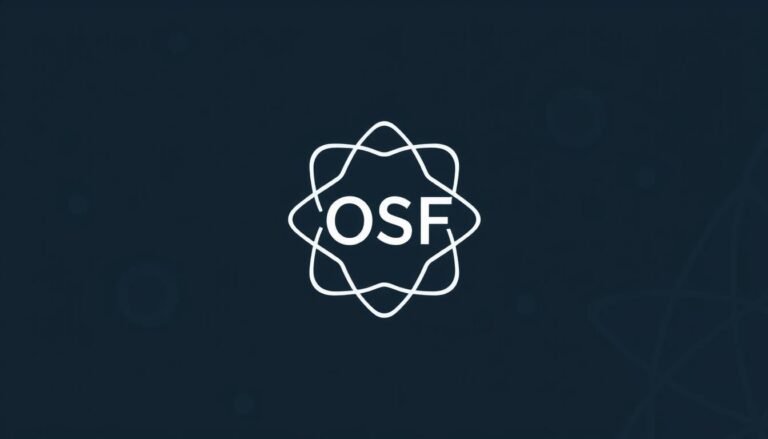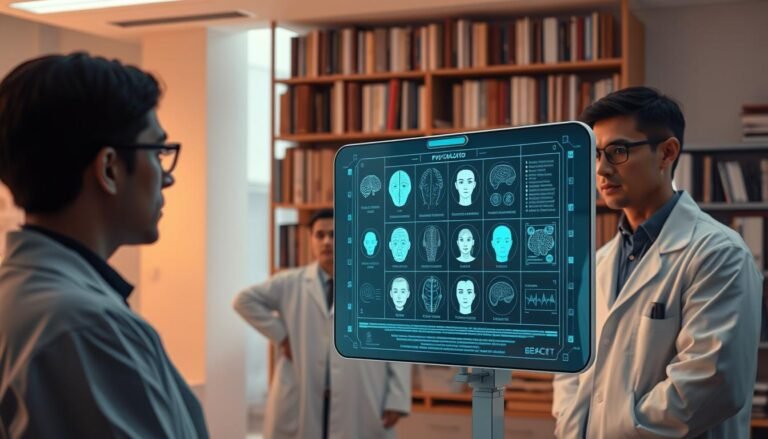
Introduction
In an era where employee engagement is deemed a cornerstone for organizational success, unraveling the mystery of what truly motivates workers is more essential than ever. Despite a wealth of resources and literature, many businesses continue to cling to long-standing motivation myths that misguide their employee engagement strategies. Motivation Myths: What Really Drives Employee Engagement? explores the fallacies lurking in conventional wisdom and provides evidence-based insights into what genuinely ignites passion and productivity in the workplace.
As organizations strive to boost morale and foster a thriving work environment, understanding these myths can lead to more effective strategies that resonate with your workforce. Let’s embark on an exploration that transcends the surface-level understanding of motivation and urges a deeper analysis of what influences employee engagement.
Understanding the Basics of Employee Engagement
Before diving into motivation myths, it’s essential to grasp what employee engagement entails. Employee engagement refers to the emotional commitment that an employee has to their organization and its goals. Engaged employees are more productive, dedicated, and ultimately contribute to lower turnover rates.
The Engagement Equation
The equation is simple yet profound:
Employee Engagement = Emotional Commitment + Organizational Goals + Individual Performance
Understanding this equation serves as a backdrop to evaluating the myths surrounding motivation.
Common Motivation Myths
Myth 1: Money is the Ultimate Motivator
Contrary to popular belief, financial incentives often yield diminishing returns in motivating employees. While salary and bonuses can attract talent initially, they do not sustain engagement over time.
Case Study: Google’s Project Oxygen
Google’s initiative, Project Oxygen, aimed to understand what makes a great manager. Surprisingly, the outcome showed that factors like having a good work atmosphere, recognition, and opportunities for learning were deemed more motivating than monetary compensation.
Analysis
This case study is a testament to how focusing solely on financial incentives can alienate other essential drivers of engagement, such as workplace culture and support systems.
Myth 2: Motivation is the Same for Everyone
Many employers fall into the trap of believing that a one-size-fits-all approach to motivation will work across different personalities and demographics. The reality? Individual motivations vary widely.
Chart: Common Motivators by Generation
| Generation | Key Motivators |
|---|---|
| Baby Boomers | Job security, salary |
| Gen X | Work-life balance, flexibility |
| Millennials | Purpose, career development |
| Gen Z | Technology, social issues |
Analysis
By recognizing these differences, organizations can tailor motivation techniques effectively, thus enhancing employee engagement through personalized approaches.
Myth 3: Employee Engagement is a One-Time Event
Some organizations believe that they can achieve a spike in engagement through a singular initiative or event. However, sustained engagement is a continuous process.
Case Study: Zappos’ Culture Book
Zappos nurtures an engaged workforce through its unique company culture and annual Culture Book, where employees share their experiences. This ongoing commitment to culture-building ensures sustained engagement rather than treating it as a one-off project.
Analysis
Zappos illustrates that creating a dynamic culture requires regular attention and adaptability, thus refuting the notion that engagement can be achieved via one-time efforts.
Myth 4: Perks Are Sufficient to Drive Engagement
Offering enticing perks such as free snacks, gym memberships, or fun office spaces may create a buzz, but they can’t substitute for meaningful engagement strategies.
Survey Data: Employee Sentiment on Workplace Perks
| Perk Offered | Engagement Level (%) |
|---|---|
| Free Lunches | 45 |
| Flexible Hours | 65 |
| Professional Development | 80 |
Analysis
The data reveals that while perks may enhance workplace satisfaction, they rarely address core needs such as growth and development — essential elements for lasting engagement.
What Really Drives Employee Engagement?
Intrinsic Motivation
At the heart of sustained engagement lies intrinsic motivation rooted in certain psychological needs, such as autonomy, mastery, and purpose.
The Self-Determination Theory (SDT)
Self-Determination Theory posits that to foster optimal motivation, organizations must support:
- Autonomy: Providing employees with the freedom to make choices within their roles.
- Mastery: Opportunities for skill enhancement and personal growth.
- Purpose: Giving employees a sense of connection to the broader organizational goals.
The Role of Leadership
Effective leadership fosters an environment where intrinsic motivation can flourish. Leaders who encourage feedback, recognize achievements, and provide support contribute fundamentally to employee engagement.
Case Study: Starbucks’ Leadership Approach
Starbucks invests significantly in leadership development and employee engagement initiatives, which is reflected in their reputation for high employee satisfaction rates.
Analysis
Starbucks sets a benchmark for leveraging effective leadership to drive employee engagement in ways that extend well beyond financial remuneration.
Data-Driven Insights on Engagement
To fully grasp what drives employee engagement, consider employing tools like employee surveys, feedback mechanisms, and performance analytics.
Tools for Measuring Employee Engagement
- Pulse Surveys: Short, frequent surveys that track engagement over time.
- 360-Degree Feedback: Comprehensive insights from all levels of an organization.
- Engagement Benchmarks: Comparing engagement levels against industry standards.
Conclusion: Moving Beyond Myths
Approaching the topic of motivation and engagement with a clear lens allows organizations to better understand the crucial elements that inspire their workforce. Motivation Myths: What Really Drives Employee Engagement? teaches us to seek deeper insights rather than latch onto misleading narratives.
To inspire real, actionable change within your organization, it is paramount to develop a culture of intrinsic motivation, effective leadership, and continuous engagement activities.
FAQs
Q1: What are common motivation myths?
A1: Common motivation myths include believing that money is the ultimate motivator, assuming there’s a one-size-fits-all approach to motivation, and thinking that perks alone can boost engagement.
Q2: How can organizations measure employee engagement effectively?
A2: Organizations can use pulse surveys, 360-degree feedback, and engagement benchmarks to gauge employee sentiment and engagement levels.
Q3: Why is intrinsic motivation important?
A3: Intrinsic motivation is essential because it drives sustained engagement, higher productivity, and a stronger emotional connection to work.
Q4: What role does leadership play in employee engagement?
A4: Leadership is crucial in creating an engaged environment by supporting feedback, recognizing achievements, and fostering autonomy.
Q5: How often should engagement strategies be reassessed?
A5: Engagement strategies should be continually reassessed through regular feedback and performance analyses to adapt to changing employee needs and organizational goals.
By addressing these insights and breaking down motivation myths, organizations pave the path toward a culture steeped in genuine employee engagement, leading to elevated performance and long-lasting success.

















